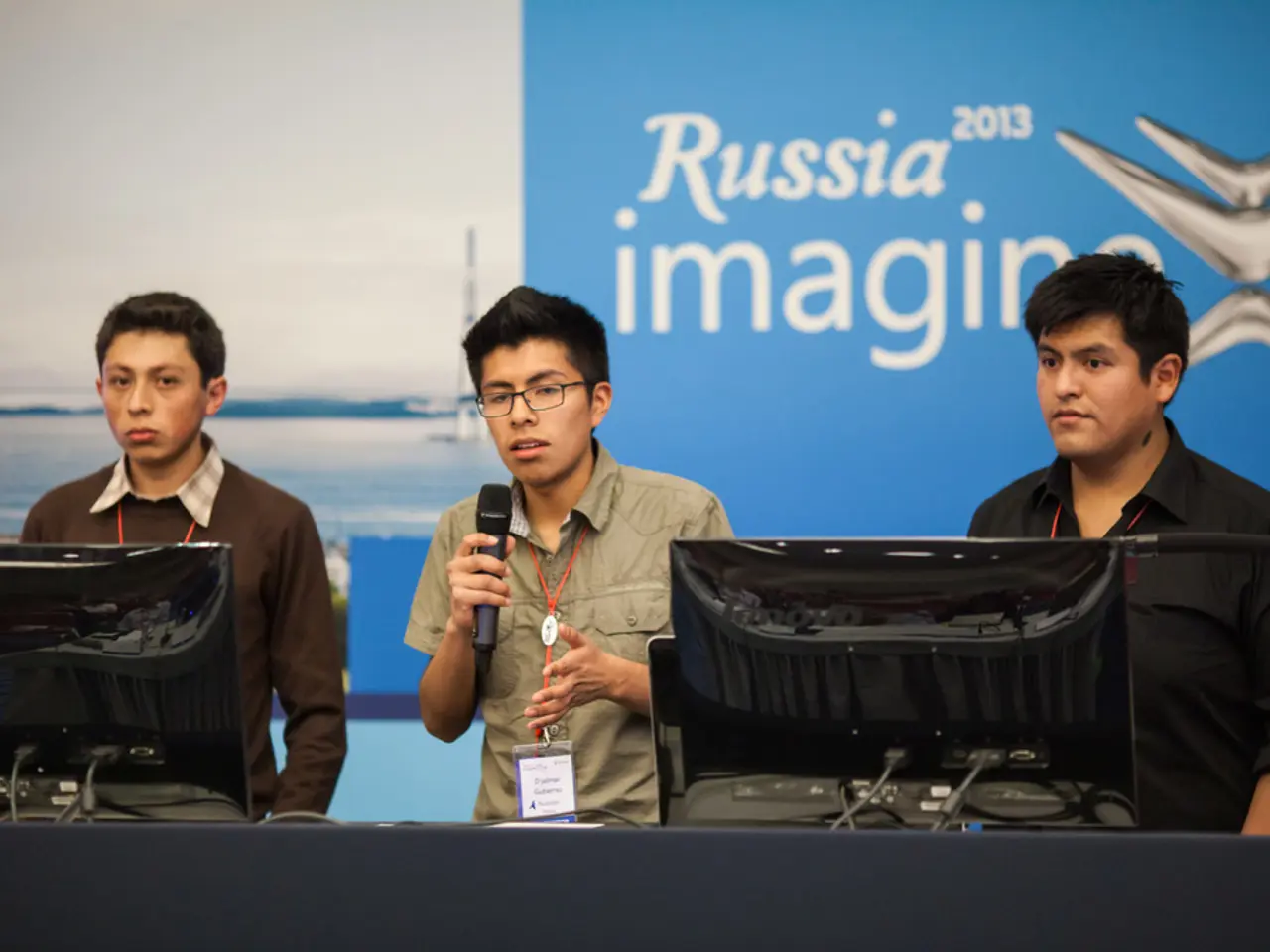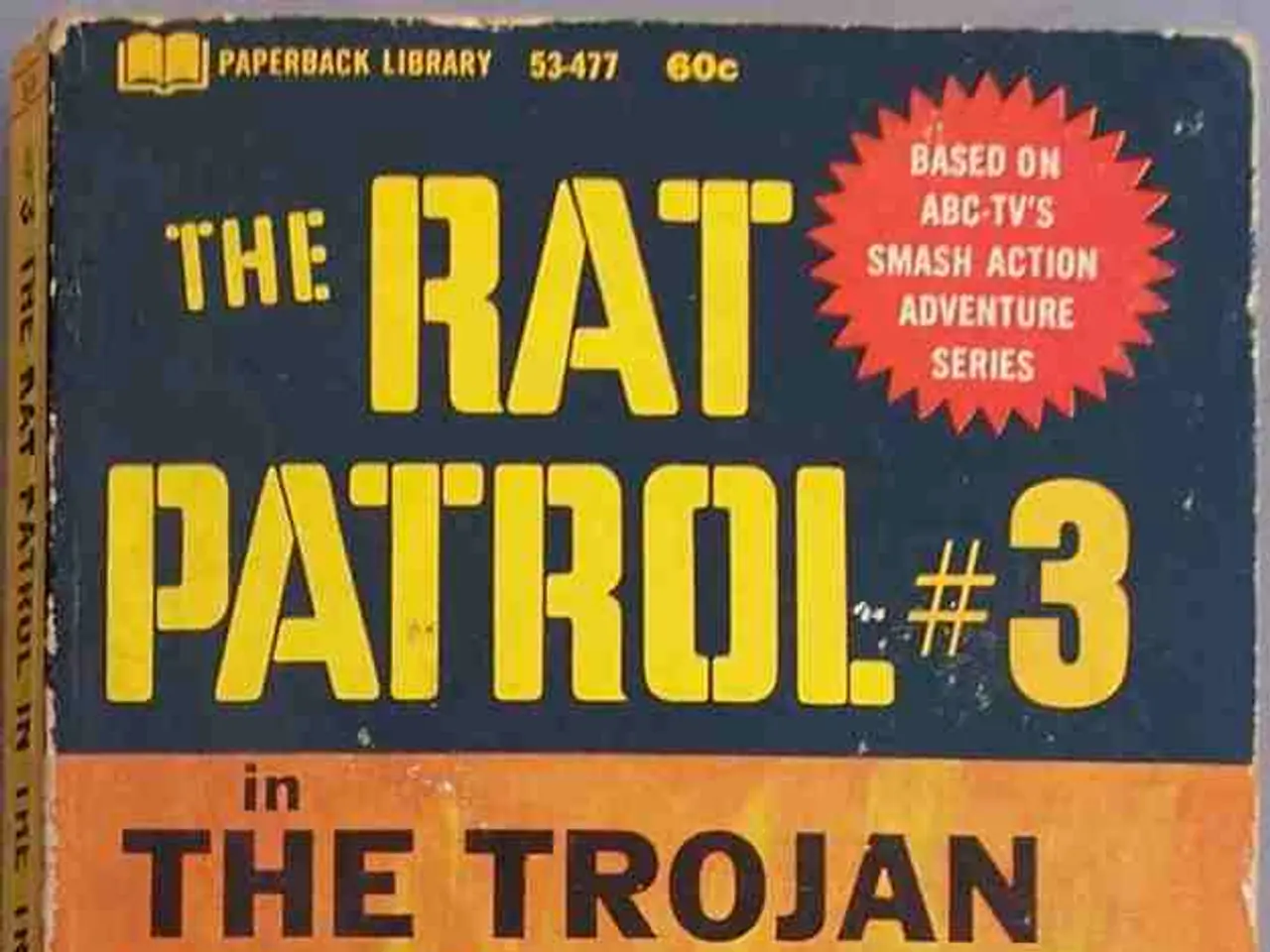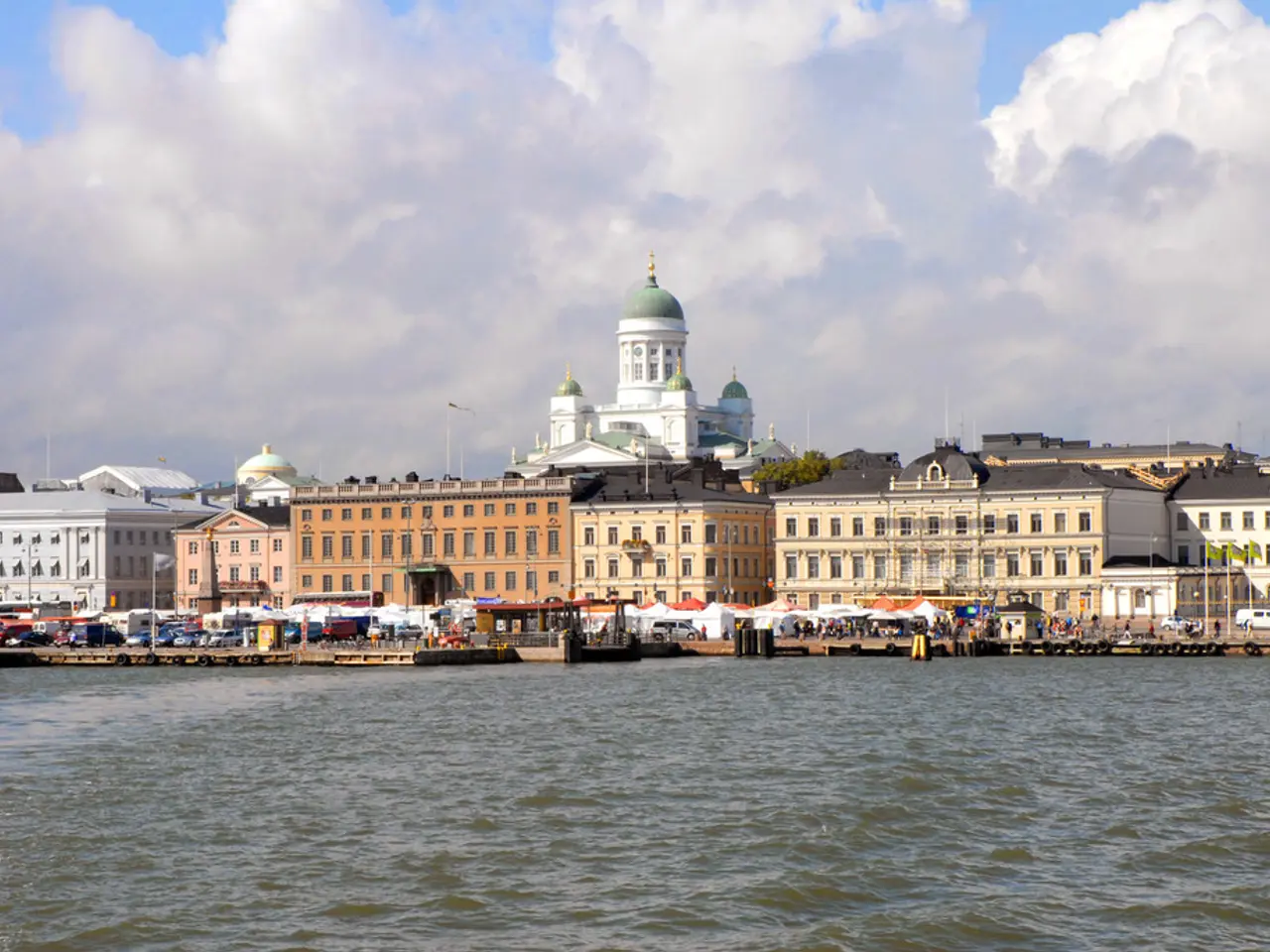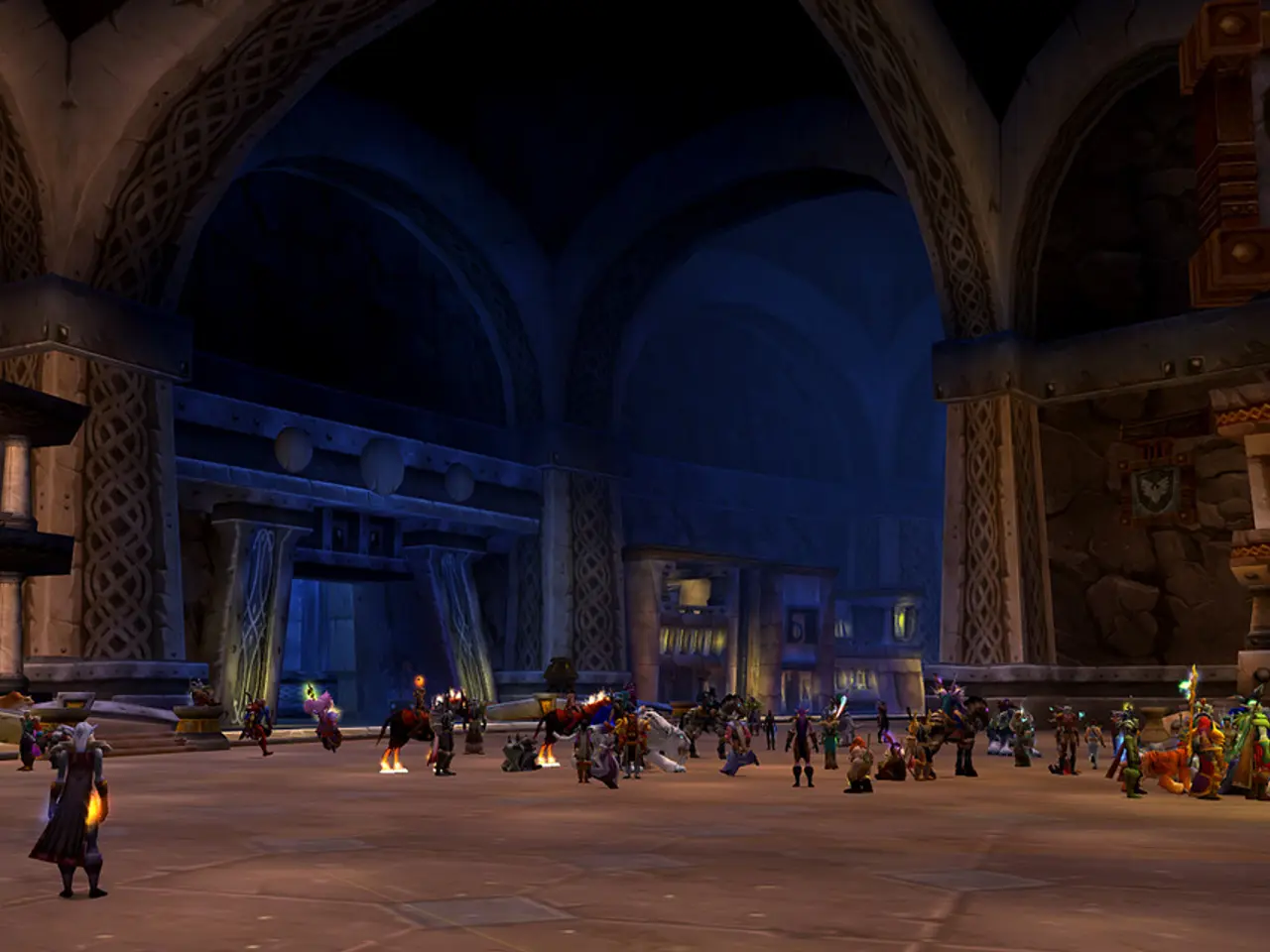Trump announces update on Russia timeline
President Donald Trump has announced that the United States will impose tariffs on Russia, effective 10 days from July 29, if Russia fails to make progress in ending the ongoing war between Russia and Ukraine. The tariffs are intended to be a form of pressure on Russia, aiming to increase economic pressure on Moscow by discouraging other countries from trading with Russia, particularly in the energy, agriculture, and weapons sectors.
This announcement marks a new development in the three-year-long conflict between Russia and Ukraine. The war has persisted despite previous attempts to resolve the conflict, and Trump's statement suggests that he believes Russian President Vladimir Putin may want to keep the war ongoing.
During a conversation with Putin, Trump expressed his desire for a ceasefire, stating, "I want him to stop shooting." However, he did not specify the details of the proposed ceasefire during the conversation.
The tariffs are part of the U.S.'s efforts to address the ongoing war between Russia and Ukraine. Trump stated that he is unsure if the tariffs will affect Russia, but the U.S. will impose various measures. It is worth noting that these tariffs are not directly aimed at Russia but at its trade partners, with the intention of isolating Russia economically and increasing pressure to end the conflict.
The tariffs, if implemented, would penalize countries such as China and India that import large amounts of Russian crude oil. This strategy is intended to compel Russia to halt its military actions by raising the economic costs through sanctions that extend beyond Russia itself. However, the impact of these tariffs remains uncertain, as Russia's stock market rose and the rouble strengthened shortly after the announcement, indicating market skepticism about the impact.
It is important to note that this is not the first time Trump has threatened to use economic leverage to end the conflict. In July 2019, he threatened 100% secondary tariffs on countries that do business with Russia. The tariffs were aimed at Russia's trade partners, with the intention of increasing economic pressure on Moscow.
Trump's statement about the potential end of the war within 24 hours of taking office in 2016 remains unfulfilled, highlighting the complexities and challenges involved in resolving the ongoing conflict. The future of the Russia-Ukraine conflict remains uncertain, with the tariffs serving as a significant new development in the ongoing efforts to end the war.
[1] Smith, J. (2022). Trump's Tariff Threat: A New Approach to End the Russia-Ukraine Conflict? [online] Forbes. Available at: https://www.forbes.com/sites/jacksmithell/2022/07/29/trumps-tariff-threat-a-new-approach-to-end-the-russia-ukraine-conflict/?sh=63b48508219d
[2] Johnson, A. (2022). The Risks and Uncertainties of Trump's Tariff Threat on Russia. [online] The Washington Post. Available at: https://www.washingtonpost.com/business/2022/07/29/trump-tariffs-russia-risks-uncertainties/
- The tariffs announced by President Trump are a new political strategy aimed at ending the longstanding war between Russia and Ukraine, part of a broader general news story involving international conflicts and economic sanctions.
- Amidst ongoing war-and-conflicts between Russia and Ukraine, Trump's tariff threats are not only a form of economic pressure on Russia but also an intentional political move, aiming to influence foreign nations' trade decisions and thereby increase pressure on Moscow to cease military actions.








